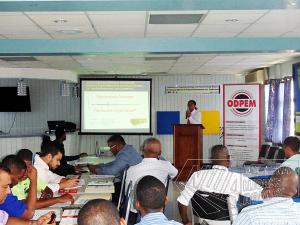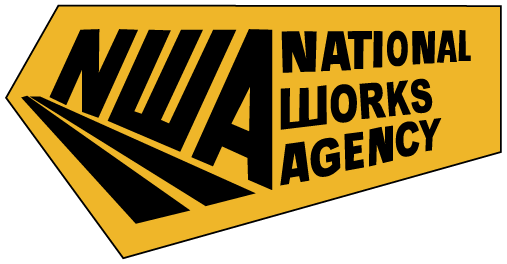
A very important goal of the National Works Agency is to ensure the development of safe and reliable infrastructure. These infrastructures are created and developed not only by entities of Government, but also to a large extent, by private entities engaged in building and subdivision developments. While the Government welcomes and encourages developments by private bodies, development designs must meet relevant requirements and optimal specifications.
The need to increase the delivery of housing units persists. In view of this situation, the need to balance development with Disaster Risk Management imperatives has become even more relevant. The preparation of hydraulic reports to inform the development of subdivisions nationally is an important tool used to mainstream Disaster Risk Reduction in the development planning process.
However, infrastructure development which has tried to meet the demands of the population has been fretted with many counterproductive issues. This is especially with regards to drainage construction and improvement. It is caused in part, by engineering designs being done without a proper understanding on the part of the designers, of the relationship between rainfall intensity and the level of risks involved in undertaking developments. We find that presently, development application designs have been inconsistent in the calculations applied; utilized outdated meteorological data or have not adequately accounted for all factors influencing storm water runoff downstream or upstream of the proposed development.
The New Guidelines document which was introduced on June 9, 2015 therefore, seeks to decrease the number of applications that we must refuse or return for further information, and ensure that designs are optimal. These new guidelines:
• Outline the minimum information to be included in the preparation of these drainage reports
• Further the mainstreaming of Disaster Risk Reduction (DRR) into the project planning phase in order to reduce future impacts and economic losses from disasters and
• Allows for more accurate designs and the ease of application evaluation and approval.
The Ministry of Transport Works and Housing and the National Works Agency, together with collaborating partners have been integral in the development of the new Guidelines document. Stakeholders such as the Office of Disaster Preparedness and Emergency Management, the Water Resources Authority; the National Environment and Planning Agency; the Local Government Ministry, the Jamaica Institution of Engineers and the Mines and Geology Department have played critical roles in the development of this document.
The New Drainage Guidelines for Development is not only a guide for developers or the engineers who prepare hydrologic and hydraulic reports; it is also a guide for our government entities who are concerned with the approval of these reports and applications.



